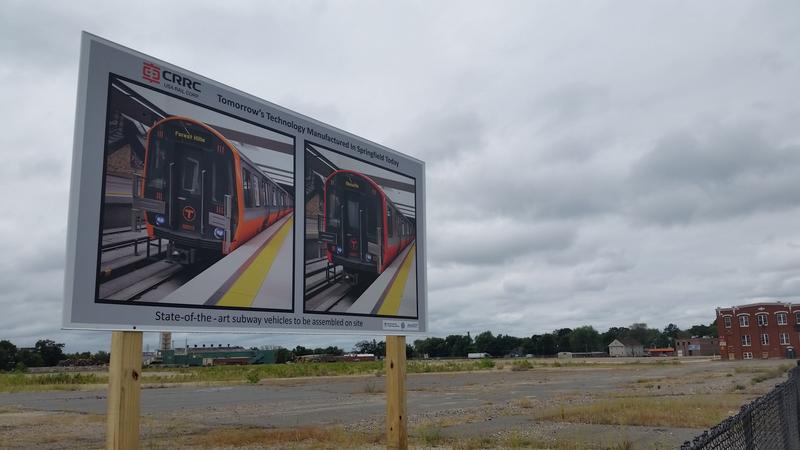The Red Line was built to larger dimensions (I believe they matched what is now the B division of NYC Subway). Every non-Red tunnel built since 1912 - the 1914 Boylston Street Subway, 1932 Kenmore extension, 1941 Huntington Avenue Subway, 1952 Revere Extension, 1971 South Cove Tunnel, 1975 Haymarket North Extension, 1987 Southwest Corridor, 2004 Waterfront Tunnel, and 2005 North Station tunnel - has been built to Red Line dimensions for futureproofing.
Whoa, seriously? That's some impressive foresight, but I wonder if we'll ever see any of that extra width put to use.





_Station_-_geograph.org.uk_-_1034493.jpg)

